Kaijus continue to retain their timeless, foreboding presence to threaten the peace of their opponent's boards. Serving as an effortless way to remove targets with protection, these colossal titans seek to pit against each other out on our tables - a scene that becomes a threat if the challenge is left unanswered. So when your Kaiju turns rampant against you, what do you have for it?
Reactive Radioactive Removal
The Kaijus of Yu-Gi-Oh are uninvited parasites that rudely present themselves by ousting one opposing monster. Kaijus also packs a strong secondary effect reminiscent of its origin at the cost of Kaiju Counters. The idea behind using Kaijus is to clear a single opposing threat without prior warning. This does not lead to numerical disadvantage, as the opponent remains at the same number of cards. Despite the disadvantage, players seek to benefit from arranging ideal opposition by exploiting every characteristic that the summoned Kaiju possesses.
Each Kaiju comes with various traits. So with this in mind, what are the behemoths that synergize with your deck?
An Elemental Approach
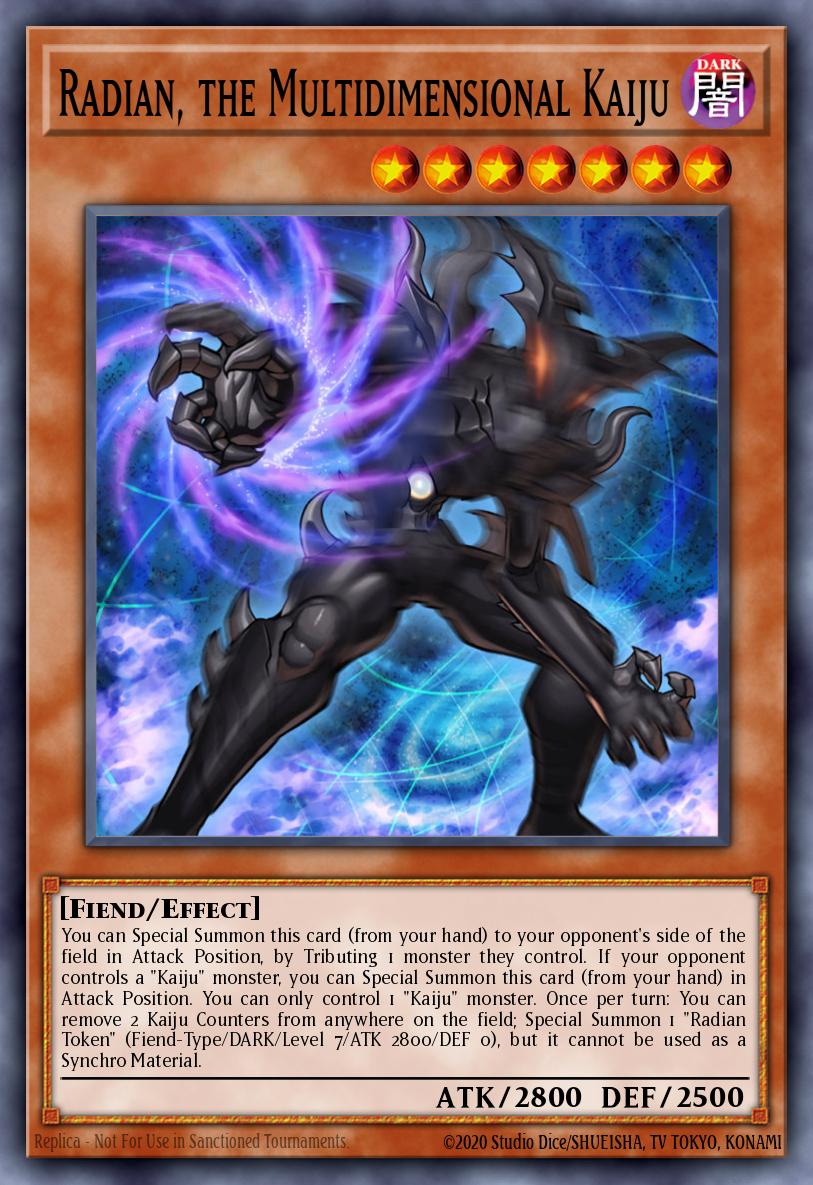
Notably, Kaijus differ by attribute. This difference defines Kaijus for specific synergies. The Fiery Dogoran synergies with Sunlight Wolf's retrieval and Gameciel's Water attribute makes a splash in Mermail decks. Radian boasts the most attractive attribute of Dark, a great supplement to decks incorporating Allure of Darkness or Dark Grepher.
Decks such as Invoked, Shaddoll, or Plunder Patroll may seek to augment their Attributable demands through the use of Kaijus.
A Tribal Proposition
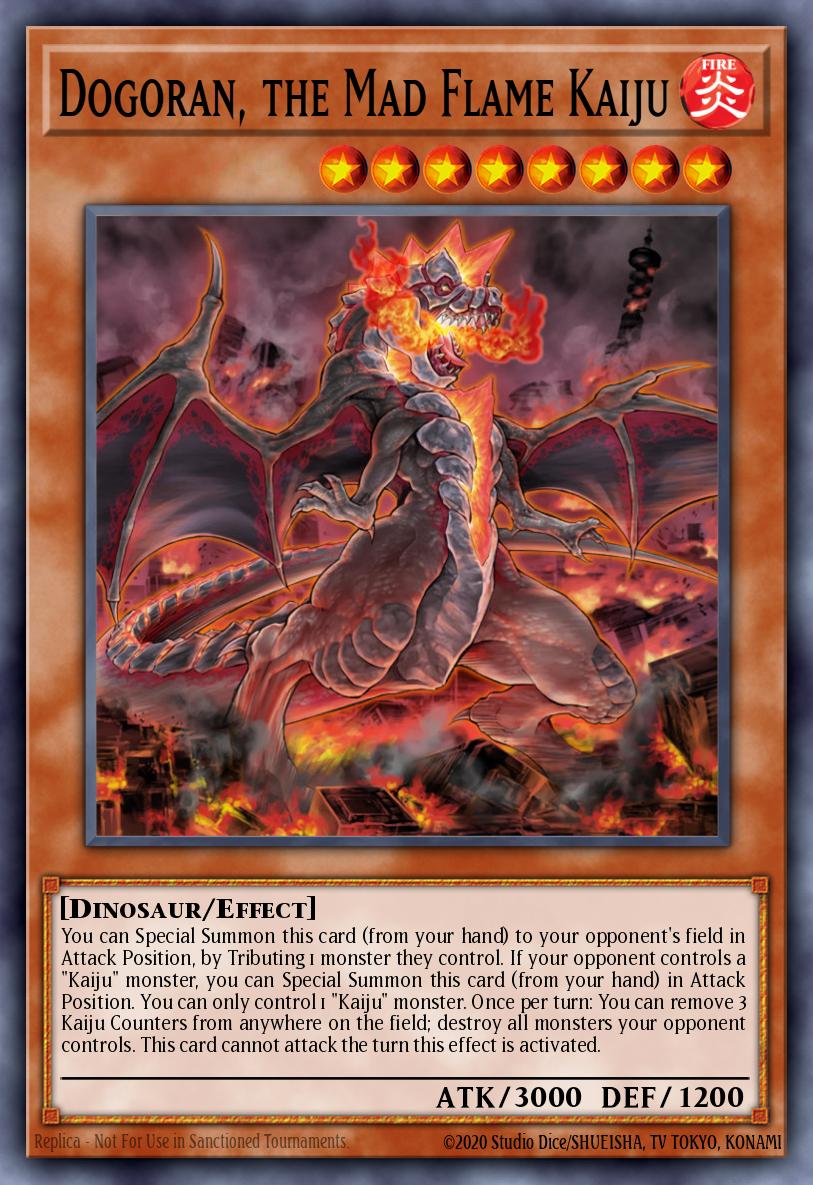
Kaijus contrast by types too, allowing for specific tribal searches! Resonance Insect can tutor the pesky Gadarla and Kumongous, the Thundering Thunder King, the Lightningstrike Kaiju discovered through Thunder Dragon Fusion. Every Kaiju can be located through their corresponding typing. Furthermore, they can benefit decks that are unique to their typing, such as Cyber Dragon to contact fuse with a mechanical Jizukiru and the prehistorical Dogoran fueling Oviraptor's revival effect for Dinosaur decks.
A Level Decision
Kaijus range from level 7 to 10, a trait to look out for your deck if it includes popular level-requiring strategies like XYZ and Synchro. That is, if you manage to coax one of these celebrated titans to your field. Certain Spell cards like Trade-In and Sacred Sword of Seven Stars can benefit from the level requirements of your excess Kaijus in hand.
RAW POWER
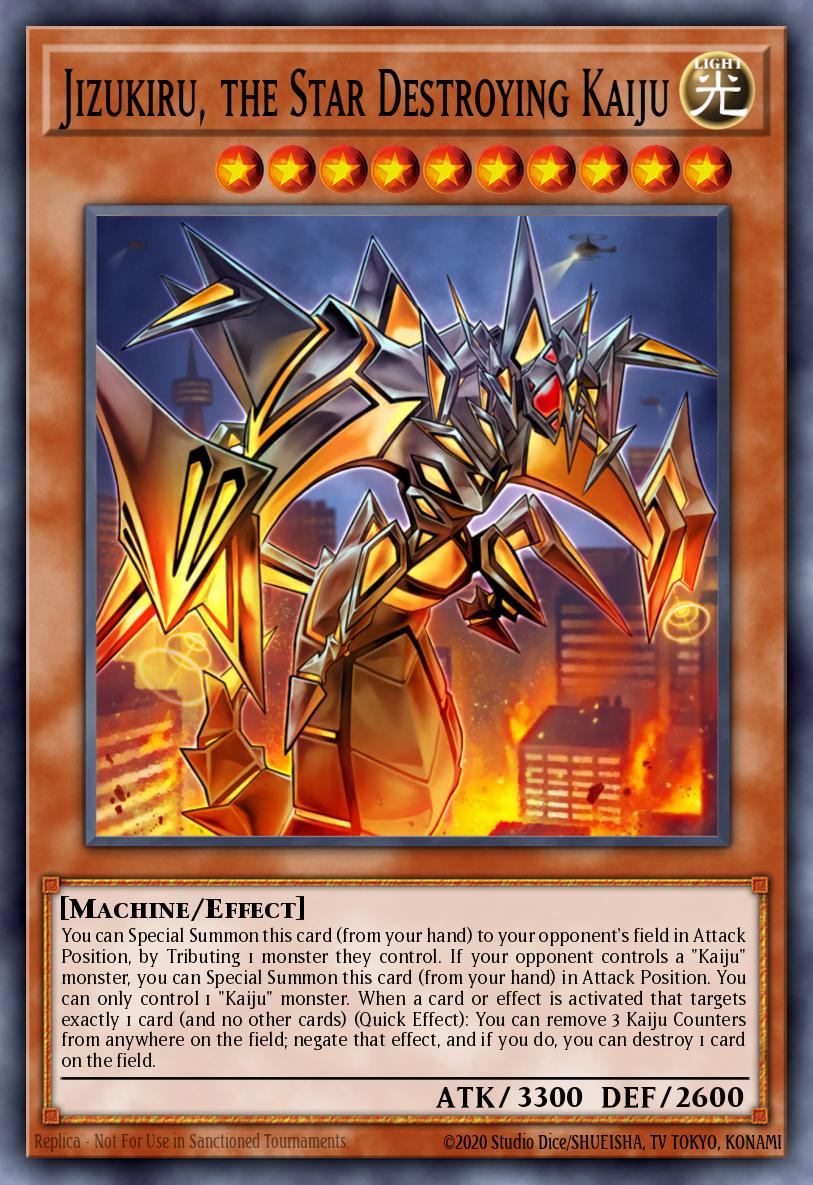
If the aforementioned characteristics have no bearing on your deck strategy, you can always compare them by raw stats. Gameciel is often picked due to its meager 2200 ATK compared to Jizukiru's powerful 3300 ATK. Attack stats matter heavily when teched into decks with low attack stats, like Salamangreat with a boss monster only 2300 ATK, or Mekk-Knight with their strongest member packing 2500 ATK. Alternatively, Crusadia strategies seek to absorb high attack stats regardless of whichever side the Kaiju is on.
Kaijus... have effects?!
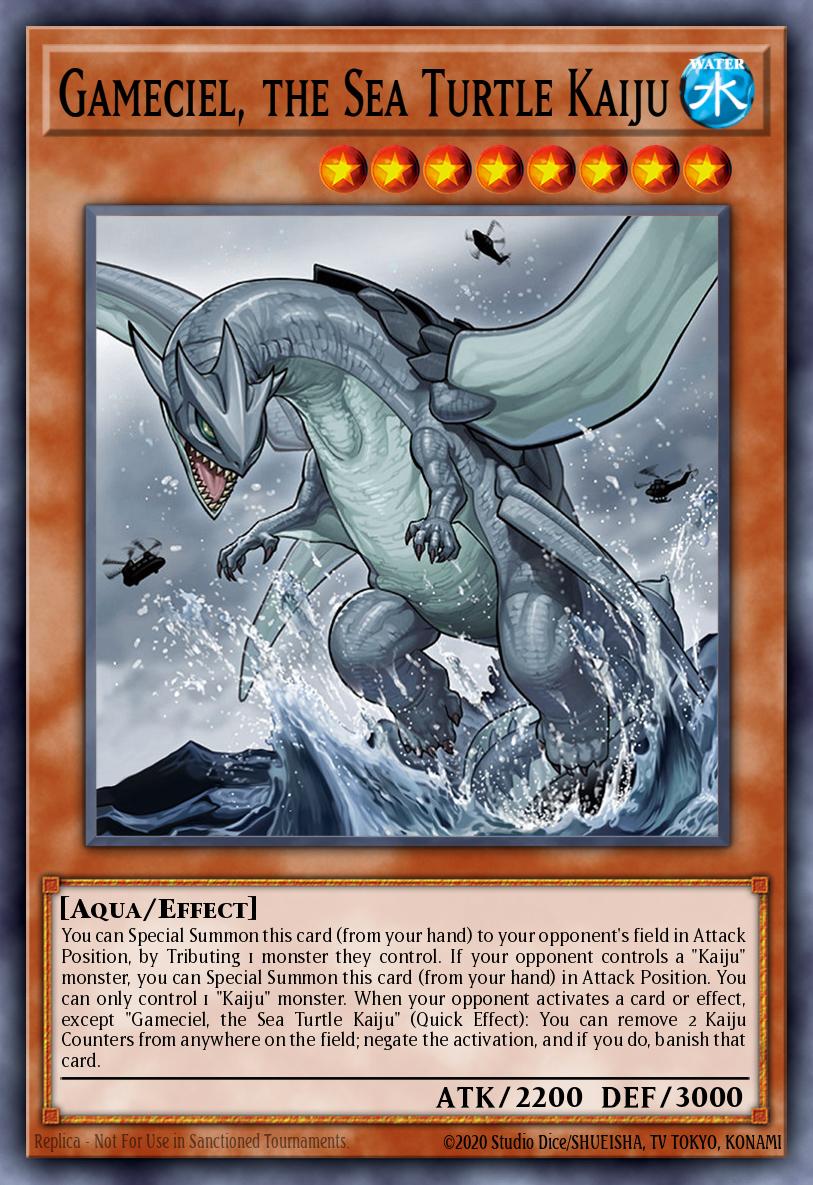
Using Kaijus for their effects is a rare occurrence, but not unheard of. A Pure Kaiju strategy usually involves generating counters on Kyoutou Waterfront. Interestingly, Gameciel's effect found use outside of a pure play style. The player would summon Gameciel to his side of the field using Saryuja or Firewall Dragon with Kyoutou Waterfront having at least 2 counters, providing an additional interruption. You can tutor another Kaiju on the following turn, too. Even though this combo is near-impossible to replicate in the current meta, this small engine showcases the strength of Kaijus outside of its expected usage.
Should you be relying on Kaijus?
The controversy concerning Kaijus points to a clear disadvantage created on its summon. You lost one card, yet your opponent has the same amount of monsters. Consider the following two factors: can your deck make use of any of the aforementioned characteristics? And does your current meta call for it? If your deck can capitalize on the characteristics of Kaijus, it is fine to use them. If your meta is filled with single, immortal, and problematic threats like Sky Striker Ace - Shizuku, Subterror Guru, Borreload Savage Dragon, or Red-Eyes Dark Dragoon, Kaijus will excel with their cheap and generic spot removal, bypassing almost any protection the target may have. In return, Kaijus may not be as relevant against decks that aim to achieve interruptions across multiple bodies.
What have people been doing with Kaijus?
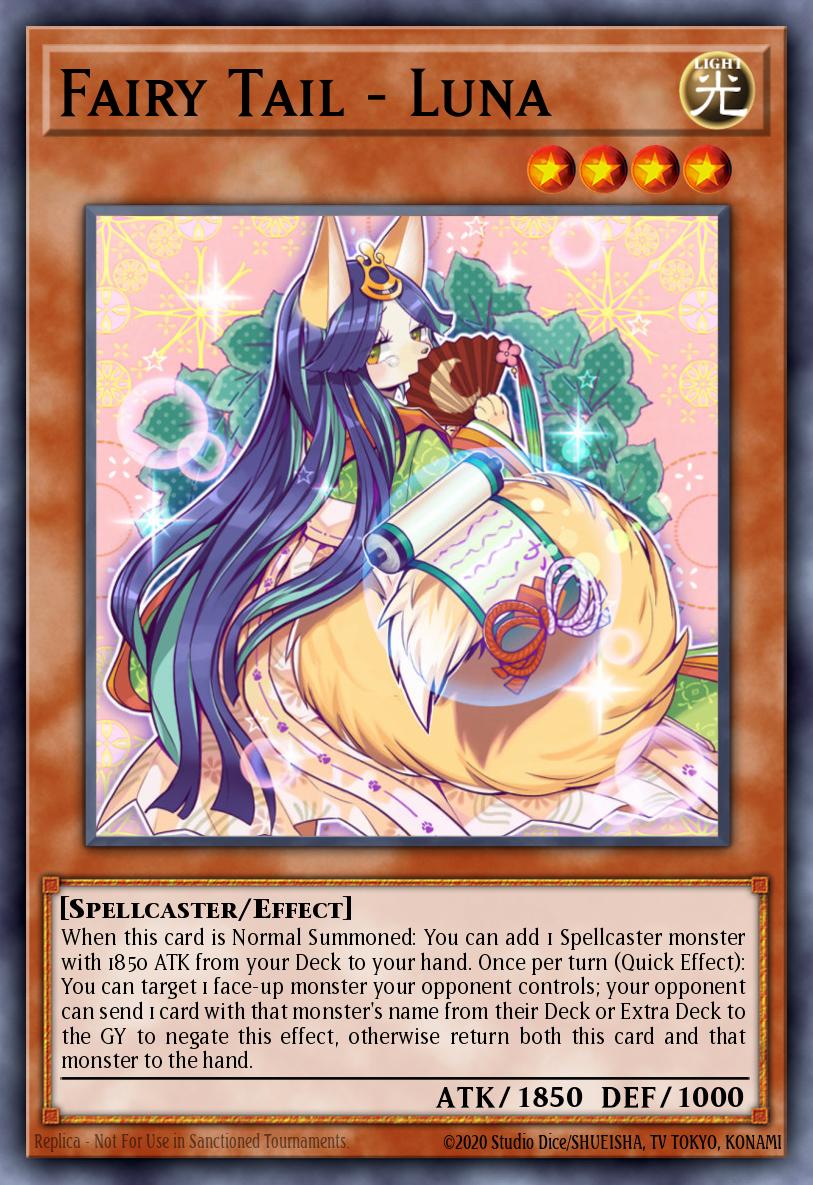
Aside from being a popular side-deck card, Kaijus hybrids are still popular among dedicated enthusiasts of the archetype. Luna Kaiju is what I consider the representation of Pure Kaiju's playstyle. Fairy Tail - Luna bounces an opposing Kaiju for immediate spot removals, only to face your stronger Kaiju - reenacting legendary Kaijus battles! Graydle Kaijus are another fun casual deck to consider. If Graydles cannot steal an opposing threat, Kaijus deal with that threat. Red-Eyes Dark Dragoon Kaiju is also quite an interesting deck. By summoning a Kaiju on both sides of the field with Red-Eyes Dark Dragoon on your side, you can destroy and inflict damage equal to the opposing Kaiju's naturally high attack power. Your Dark Dragoon and Kaiju then proceeds to deal with two strikes of fatal direct attacks!
Along with the examples I briefly covered utilizing Kaijus, I believe there are many more possibilities to be explored. You can check out more interesting variants here.
Comparisons and Replacements
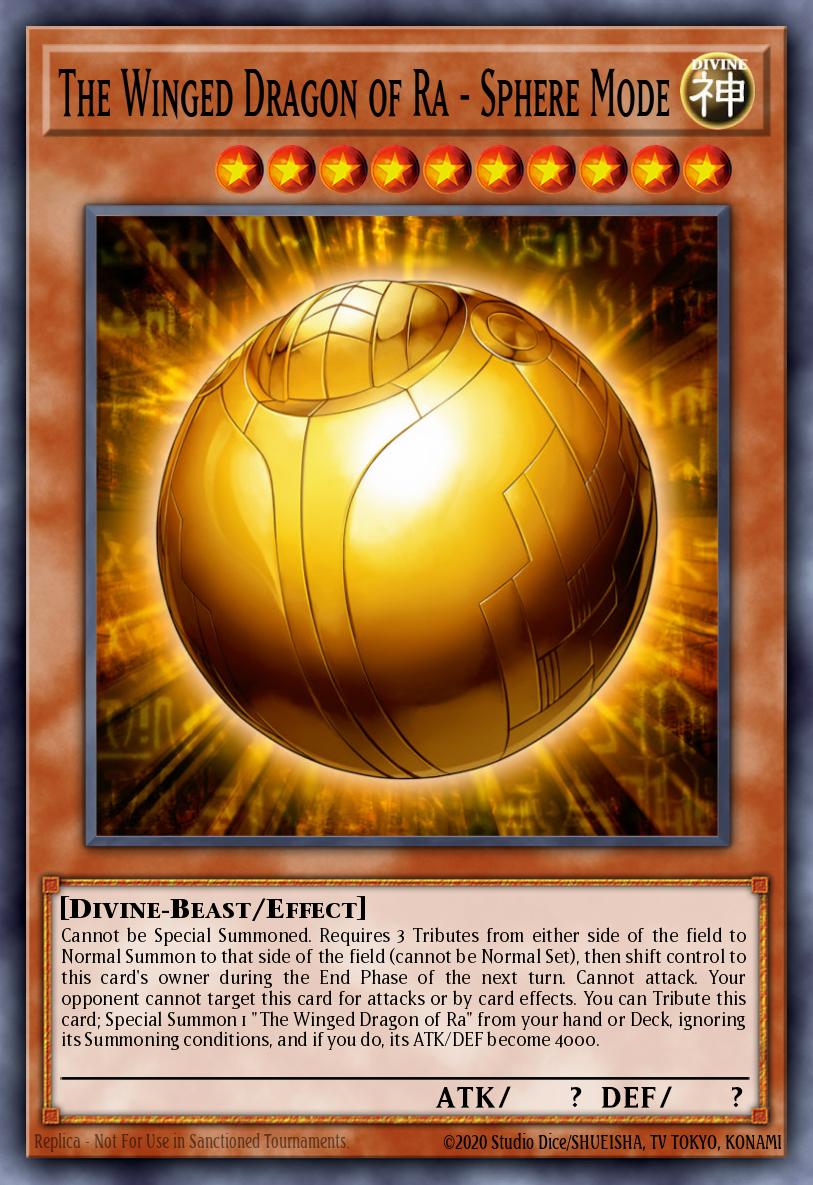
Kaijus may have their charms, but there are cards of similar nature that exist to fulfill the same result. Lava Golem, the original Kaiju, eats up two monsters in exchange for your normal summon of the turn. The Winged Dragon of Ra - Sphere Mode swaps three monsters from your opponent's side with its mediocre self; a useful tech against board building strategies! Santa Claws is a weaker Kaiju-like cretin that has gained attention from being able to be searched by Sangan. If you fear your Kaijus getting sniped before their summon, you can consider Nibiru The Primal Being, a handtrap that clears every other monster on your opponent's turn when its conditions are met. It is important to recognize the common number of threats to pick the respective counter.
My Thoughts and Conclusions
Not all Kaijus are created equal. It is essential to recognize the different advantages they present. Make sure you can benefit from the presence of an opposing Kaiju - before your opponent embraces the gift of your Kaiju's strengths.




